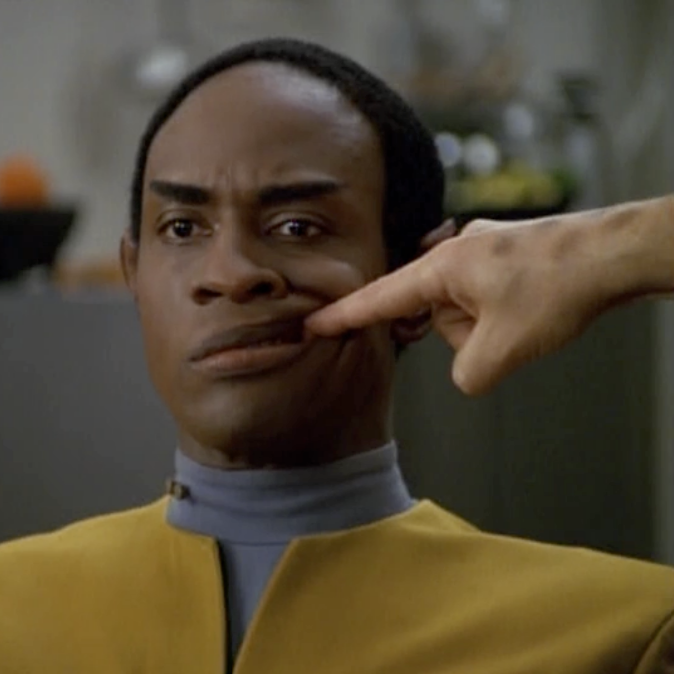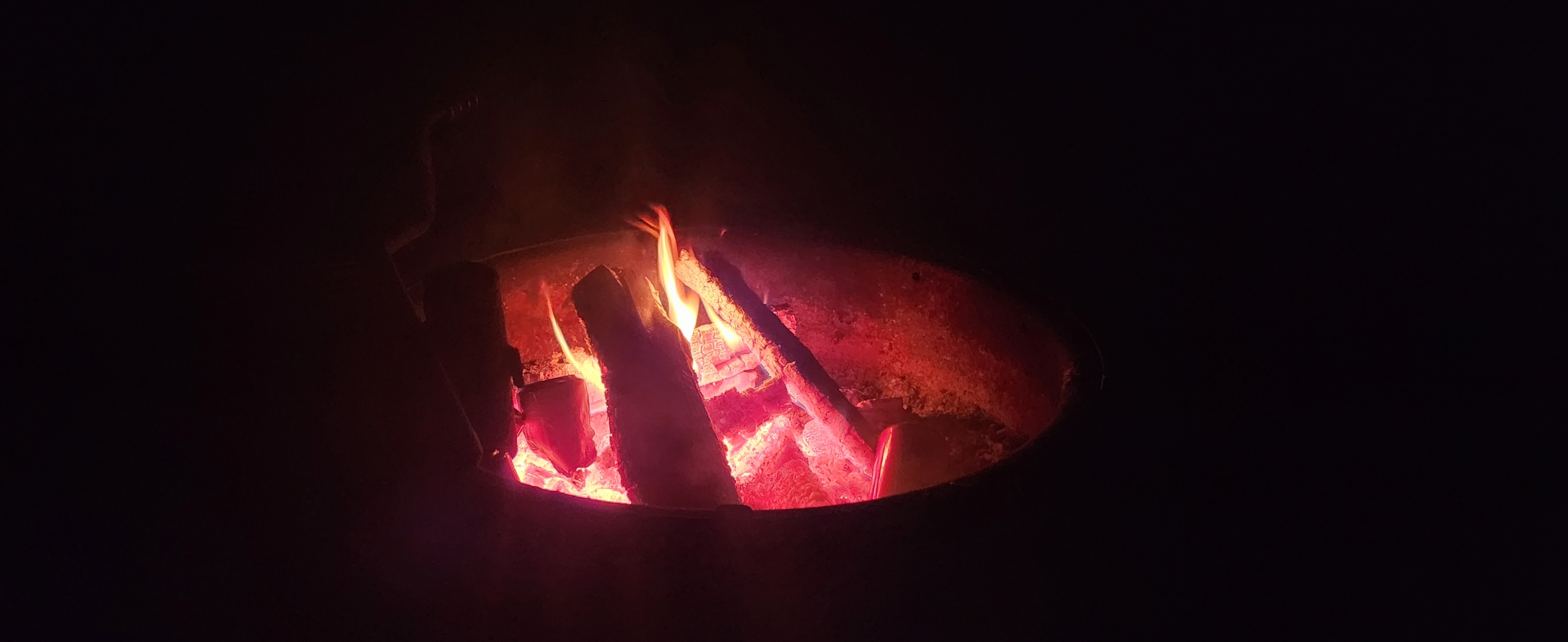I didn’t have a budget or anything so I found it mildly interesting that it turned out an even number.
GG, GG, GG, GG, G&G, GG
Thanks for making me spend like 30 seconds of my life reviewing someone’s grocery receipt. We’re really starting to stretch the mildy part of mildly interesting, but apparently I’m here for it.
This right here is exactly the kind of content that was posted in r/mildlyinteresting when it was new. After the sub went popular the content was way too interesting for my liking.
Sigh people will upvote anything here. I bet you’d upvote a picture of a can of beans…
I mean … if it was mildly interesting enough.
deleted by creator
Good & Gather, one of Target’s store brands, in case anyone was actually curious.
all this, four naught
GG
FD cookies? What kind of cookies are those? Are they good?
They’re oatmeal raisin from the bakery. They’re pretty good.
Where do you live that there’s no tax?
Really stretching that mildly part huh bud ?
Yeah I’m on the edge of my seat here. I demand a refund.
Right? How am I supposed to judge someone’s groceries (the real reason we’re here) if it’s G’s all the way down?!
If you’re so desperate to find out what, exactly, OP bought, if you type the numbers on the left side of the receipt into the Target website search bar and pull up the exact products. That is way too much effort for me though.
I mean… it clearly says pasta, sauce, soup, salad, and cheese…
Am i being stupid…how does 10 numbers ending in 9 end up ending in 0?
I know it works, ive added it up myself but it shouldn’t work should it?! Am i going crazy?!
Ten number ending in 9 is essentially the same as those same ten numbers but ending in zero plus ten nines.
$1.19 = $1.10 + 0.09
$1.19 + $1.69 = $1.10 + $1.60 + (2 * 0.09)
Since there were 10 items, each ending in a 9, that’s the same as 9 times 10, or in this case $0.09 * 10. Every time you multiply by 10 you end up with a zero on the end.
In a base 10 system multiplying by 10 basically shifts all the digits over by 1 and adds a zero to the end. Whatever was in the 10s spot goes in the 100s spot. Whatever was in the 100s spot goes in the 1000s spot, and so on.
So, if you buy 10 items with a 9 at the end of their price, you’ll always end up with a zero in the cents spot. If you buy 100 items like that, your total will be in dollars with zero cents.
What’s more impressive here is that so many of the other digits ended up as zero when there was no pattern. Ten items ending in ‘9’ means that you carry over a ‘9’ to the next column, but to get that to be zero means the sum of all the tens (of cents) digits needed to end up in a 1.
1 + 6 + 9 + 4 + 9 + 9 + 6 + 6 + 2 + 9 = 61
And to get to exactly 40, the dollars digits needed to match that 6 plus 1 carried over (1 + 9), so they needed to end in 3 (or to be 33 exactly for the total to be 40):
1 + 1 + 6 + 5 + 3 + 3 + 5 + 5 + 3 + 1 = 33
Ignoring the fact that grocery stores suck and price things ending in 9 all the time, it’s a 1/10 shot to get the cents digit to end up as a zero, a 1/10 shot for the hundreds to end up as zero, and 1/10 for the dollars digit to end up as a zero. OP just used up a lifetime of luck for a 1/1000 occurrence.
To OP: GG Cheese!
Dang, thanks for doing that math! That’s super interesting.
Thanks for your more than mildly interesting post.









